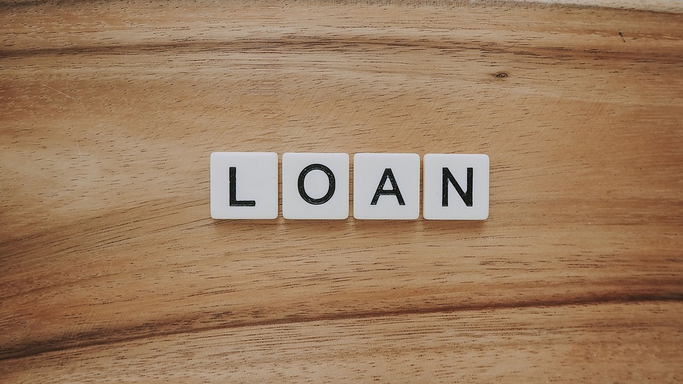How to Lock in the Best Loan Rate
Finding the right loan can feel like navigating a maze. With so many options and variables, it’s easy to get lost. One of the most crucial aspects is securing the best loan rate possible. A lower rate can save you thousands over time, making your journey toward financial freedom much smoother. But how do you lock in that coveted deal? It starts with understanding key factors that influence interest rates and what lenders seek. Whether you’re purchasing a home or financing a new car, getting ahead means doing your homework first. Let’s dive into some essential steps to help you snag the best loan rate available.
Know Your Credit Score
Your credit score is the cornerstone of your financial health. It’s a three-digit number that reflects your responsibility for borrowing money. Lenders rely on this score to determine your risk level. Before approaching any lender, check your credit report. You’re entitled to a free copy annually from major reporting agencies. Look for errors or discrepancies that could drag down your score. A higher credit score often translates to better loan rates.
Evaluate Loan Types

When exploring loan options, it’s crucial to understand the various types available. Each has its own advantages and drawbacks. Personal loans are versatile. They can fund anything from home improvements to medical bills. With fixed interest rates, they offer predictable monthly payments. Payday loan, or what people refer to as pikalaina, is known to be the one that many people use to cover unexpected expenses. However, they also tend to have higher interest rates and shorter repayment terms. Mortgages come into play when you’re buying a home. Fixed-rate mortgages provide stability, while adjustable-rate mortgages might start lower but can fluctuate over time.
Research and Compare Lenders
When it comes to securing the best loan rate, researching and comparing lenders is crucial. Not all lenders are created equal, and their terms can vary significantly. Start by looking at traditional banks, credit unions, and online lenders. Each offers different advantages. Credit unions often have lower fees, while online options might provide quicker approvals. Utilize comparison websites to streamline your research. These platforms allow you to view multiple rates side-by-side easily.

Negotiate Terms
Negotiating loan terms can feel daunting, but it’s a crucial step in securing the best rate. Start by understanding your needs and what you can afford. This will give you leverage during discussions. Don’t hesitate to ask lenders about their rates, fees, and any potential for flexibility. A simple inquiry might reveal options that aren’t initially presented. Be prepared with competing offers from other lenders. These provide solid evidence of what’s available in the market. Use this information strategically.
Securing the best loan rate can significantly impact your financial future. By understanding your credit score, you lay a strong foundation for negotiations. Choosing the right type of loan tailored to your needs is equally important. Don’t underestimate the power of research; comparing lenders helps you uncover hidden gems and avoid pitfalls. By following these steps, you position yourself well to lock in an optimal loan rate that works for you. The effort invested now could save you substantial amounts over time, making it worthwhile as you embark on this journey toward financial wellness.…



